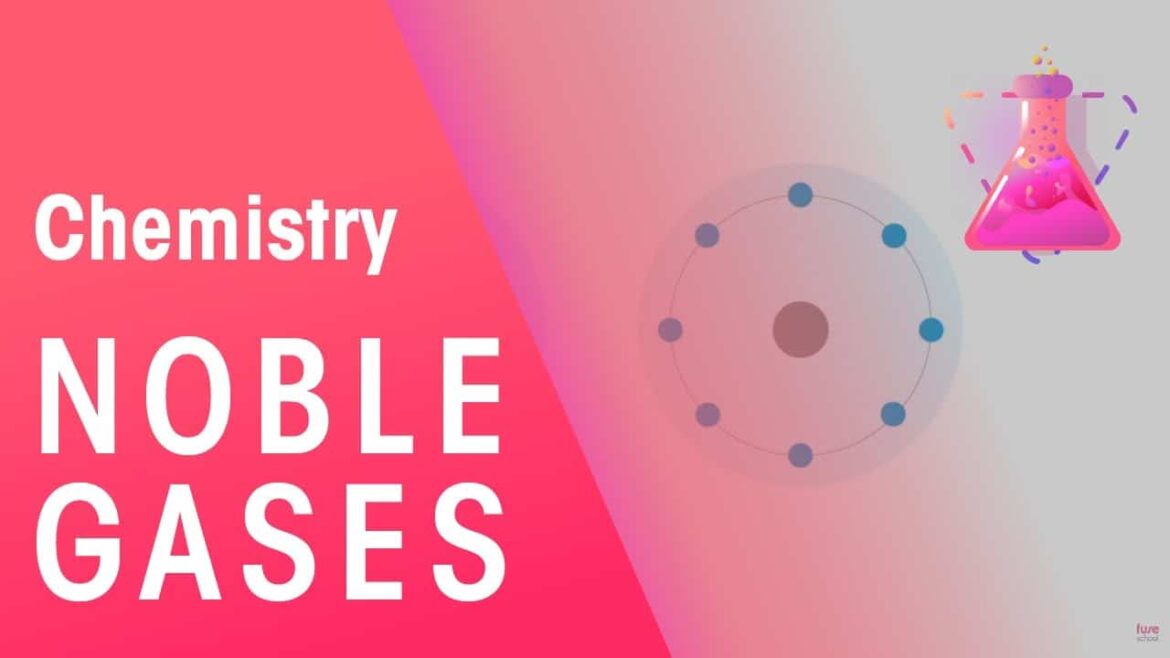806
Noble gases and their properties fascinate chemists in particular. But the average Joe also has reason to be interested in these special elements
Noble gases and their properties: slow to react and mostly harmless
The noble gases form an independent group in the periodic table of elements. The group comprises seven elements. Noble gases have certain properties and therefore differ significantly from the other elements in the periodic table.
- Noble gases include helium, neon, argon, krypton, xenon, radon (radioactive) and the artificially produced ununoctium.
- Noble gases only occur in small quantities in the Earth’s atmosphere. That’s what makes them so special. Another special feature: noble gases have a completely filled outer electron shell, which gives the elements in the group a high degree of stability.
- Because of this electron shell, it was long assumed that the noble gases would not react with other elements or substances. This is why the noble gases got their name “the noble gases”, i.e. gases that are “too fine” to react with other elements.
- Noble gases are used today as protective gases, among other things. The reason: noble gases are considered inert and are therefore non-flammable and non-toxic. An exception to the “non-toxic” and “harmless” point is radioactive radon.
- Despite their inertness, noble gases can now react with other reactive substances under extreme conditions. This results in so-called noble gas compounds. However, an enormous amount of energy is required to separate even one electron from the outer shell and thus make a reaction or chemical bond possible in the first place.
Noble gases in everyday life: here you can find helium, xenon and co.
The first noble gas compound was created in 1962. The compound Xe+PtF6 was created from xenon and platinum hexafluoride. Shortly afterwards, the xenon fluorides XeF2 and XeF4 were produced.
- Noble gases are gaseous at room temperature and have a very low boiling point. Helium has the lowest boiling point of all the elements in the periodic table and only becomes liquid at -269 °C.
- All noble gases are odorless and colorless. The elements are used in many different areas and are also used in everyday life. For many, the first thing that comes to mind is probably the helium-filled balloon that rises into the air
- Noble gases are used as shielding gases, for example in incandescent lamps, fluorescent tubes such as neon tubes, krypton lamps and xenon street lamps.
- Noble gases are used as filling gases in gas discharge lamps, where they glow in the color characteristic of each gas. Although noble gases are colorless, the substances react to electricity with a colored discharge. For example, helium glows orange-red, krypton white or blue, xenon blue, neon light red, argon pale pink or light blue and radon red. An example from everyday life is the bluish xenon light on cars.
- Another area of application: the gases are used as oxidants and coolants – for example in air conditioning systems or air conditioning compressors.

